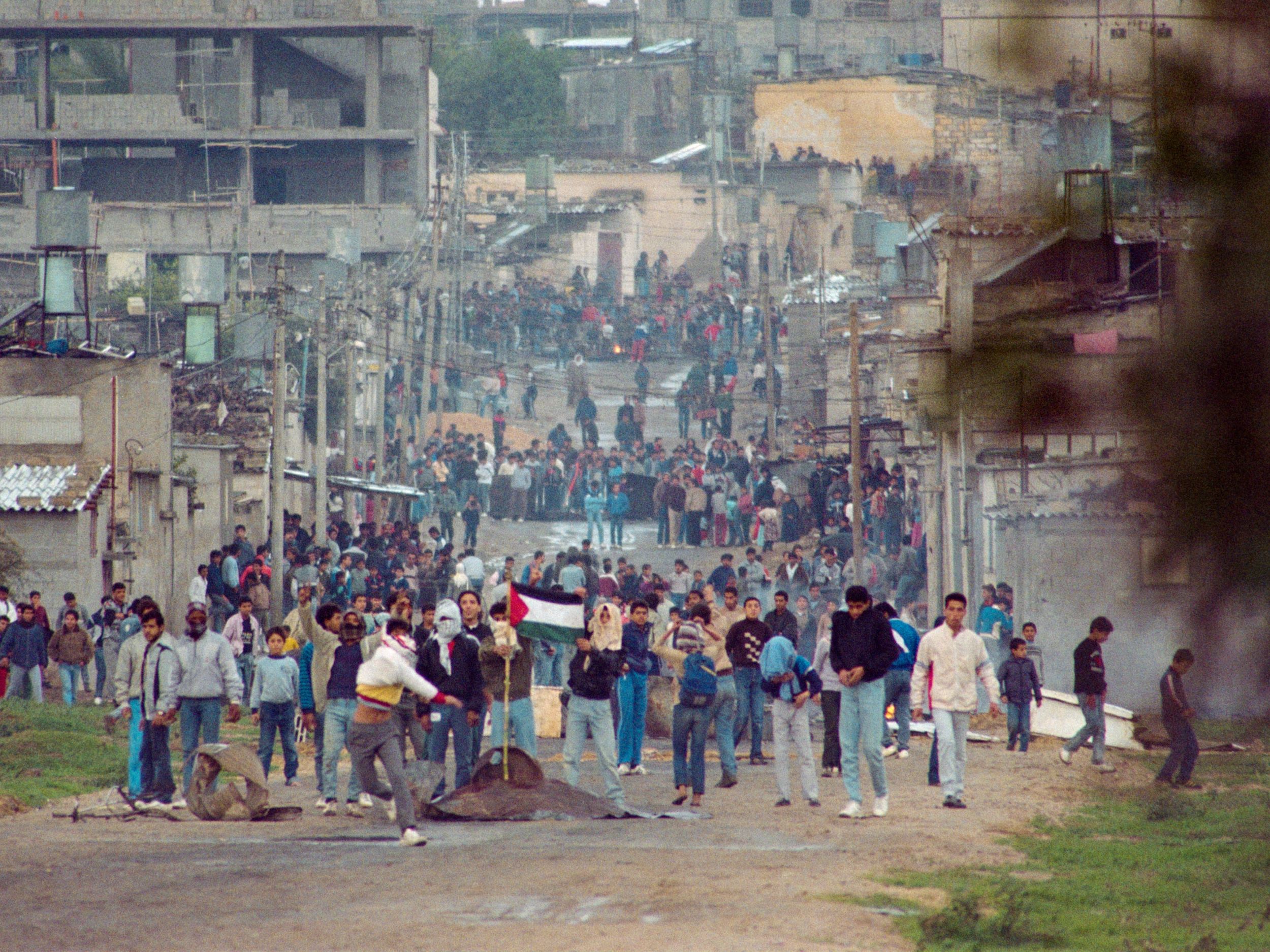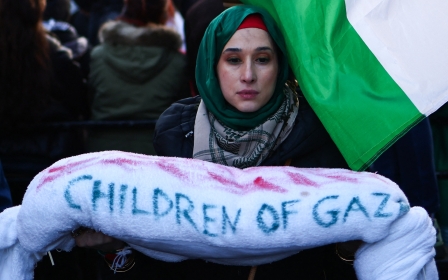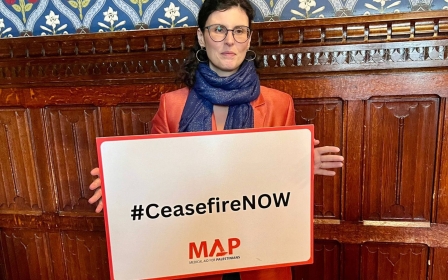Israel-Palestine war: A brief history of refugee camps in Gaza

Attacks on refugee camps have become commonplace in Gaza since the beginning of the latest round of violence on 7 October.
On Monday at least 151 Palestinians were killed and 313 wounded in an Israeli attack on Jabalia refugee camp, with many of those killed still remaining under the rubble.
Separately Israeli forces shot and killed four Palestinians, including two children, during a military raid on al-Faria refugee camp in the occupied West Bank city of Tubas.
While most refugee camps are set up to be temporary in the wake of conflicts or natural disasters, the refugee camps in the occupied Palestinian territories have been a fixture since 1948.
Rather than simply an array of tents flagged with UN logos, the camps have developed into built-up neighbourhoods, with schools, mosques, shops and other amenities - something that has led some to question whether they even constitute refugee camps at all anymore.
New MEE newsletter: Jerusalem Dispatch
Sign up to get the latest insights and analysis on Israel-Palestine, alongside Turkey Unpacked and other MEE newsletters
Middle East Eye takes a look at what all this means:
1948: The Nakba
In 1948, the Israeli independence war - known as the Nakba or "catastrophe" in Arabic - saw more than 700,000 Palestinians expelled from their homes by Zionist militias.
Many fled into neighbouring Arab states, others into different parts of historic Palestine, where they were forced into hastily assembled refugee camps.
In response, the recently formed UN created the United Nations Relief and Works Agency for Palestine Refugees in the Near East (Unrwa), which has managed the camps and much of the day-to-day life of Palestinian refugees ever since.
According to Unrwa, around 5.9 million Palestinian refugees are eligible for their services in 58 Unrwa camps established across Lebanon, Jordan, Syria, the West Bank, East Jerusalem, and the Gaza Strip.
Under international law, both the refugees from 1948 and their descendants are classified as refugees until a "durable solution" is found.
"Protracted refugee situations are the result of the failure to find political solutions to their underlying political crises," Unrwa says on its website.
In Gaza, which has a population of approximately 2.1 million people - including around 1.7 million refugees - there are eight camps:
-
Rafah Camp
-
Jabalia Camp
-
Khan Younis Camp
-
Al-Shati Camp
-
Nuseirat Camp
-
Bureij Camp
-
Maghazi Camp
-
Deir al-Balah Camp
The Gaza camps have suffered more than most of the territory since Israel imposed a blockade in 2007.
According to Unrwa, the camps - some of the most densely populated areas on Earth - have long suffered from severe problems related to healthcare, water access, food provision, electricity, sanitation among other issues, even prior to the relentless Israeli bombardment beginning in October.
Unemployment in the camps stood at 48.1 percent in the third quarter of 2022, while roughly 95 percent of the camps' populations do not have consistent access to clean water.
Pre-war figures have estimated that Gaza's camps contain 620,000 people packed into less than 6.5 square kilometres of land.
A source of resistance
Since 1948, the camps have been a crucial source of recruitment for the Palestinian liberation movement, with numerous armed Palestinian groups and civil society organisations originating and developing in them.
Ahmed Yassin, the most significant founder of the Hamas movement, ended up in al-Shati camp with the rest of his family after Zionist militias destroyed their village in what is now Israel.
Fathi Shaqaqi, co-founder of the Islamic Jihad movement, was born in Rafah camp.
It was in Jabalia that the First Intifada, an uprising against Israeli rule in Palestine, began in 1987 following the funerals of three residents of the camp killed after an Israeli army tank transporter crashed into a row of cars.
Israel has long viewed the camps as a breeding ground for "terrorism" and has regularly targeted them with air strikes over the decades, claiming they are populated by tunnels, weaponry and command centres controlled by Hamas and other armed groups.
Since 7 October
Monday's strike on Jabalia camp was just the latest in repeated attacks on the Gaza camps since 7 October, when Hamas attacked southern Israel, killing around 1,200 Israelis and capturing 240 people.
All the camps have been attacked by Israeli forces since hostilities reignited, with Jabalia being the worst hit, reduced to rubble with hundreds left dead.
In two days of attacks in late October, the Gaza health ministry said 195 people were killed - the Israeli military said in a statement that it had successfully killed the head of Hamas anti-task missile unit, Mohammed Asar, in the process.
The UN Human Rights Office has warned that "given the high number of civilian casualties and the scale of destruction following Israeli air strikes on Jabalia refugee camp, we have serious concerns that these are disproportionate attacks that could amount to war crimes."
More than 80 percent of Gaza's population have been displaced since the start of the war - the majority of whom are the immediate descendants of those already expelled from their homes during the creation of Israel, a grim irony noted by many.
This article is available in French on Middle East Eye French edition.
Middle East Eye delivers independent and unrivalled coverage and analysis of the Middle East, North Africa and beyond. To learn more about republishing this content and the associated fees, please fill out this form. More about MEE can be found here.






